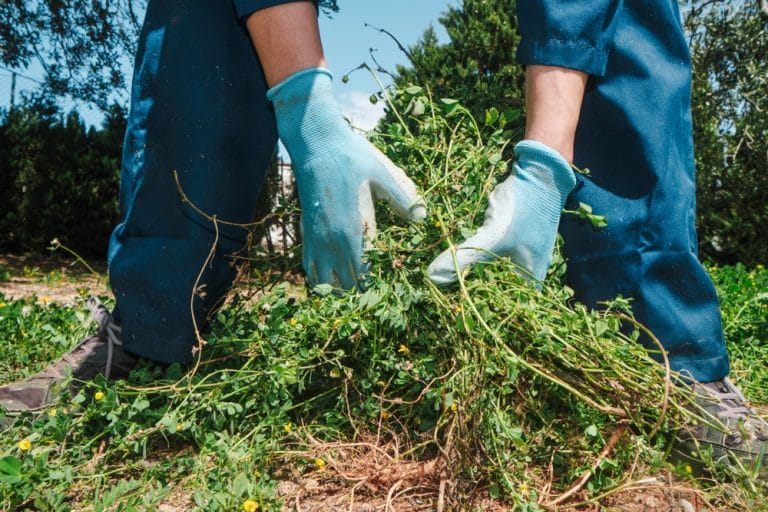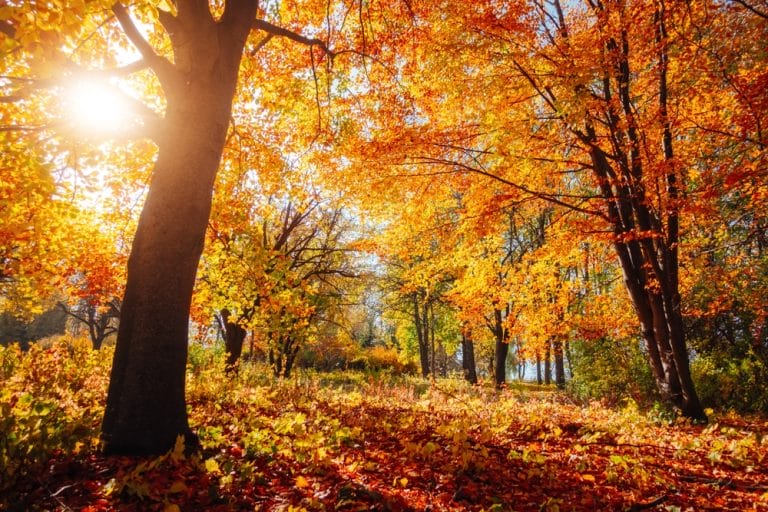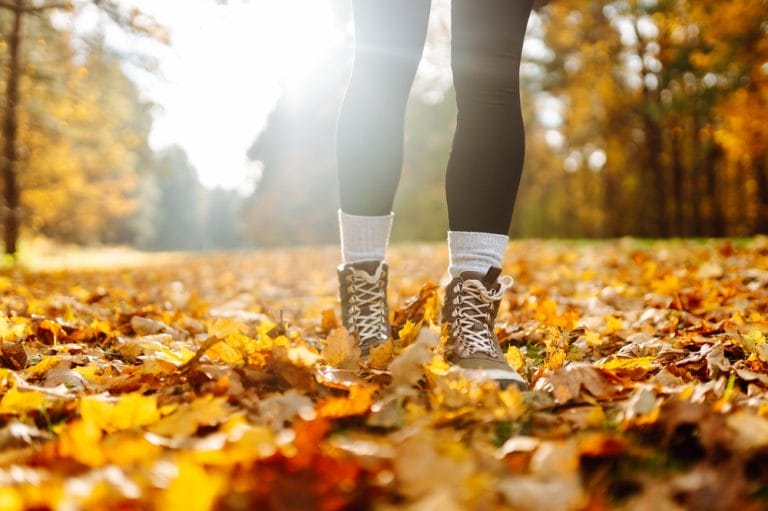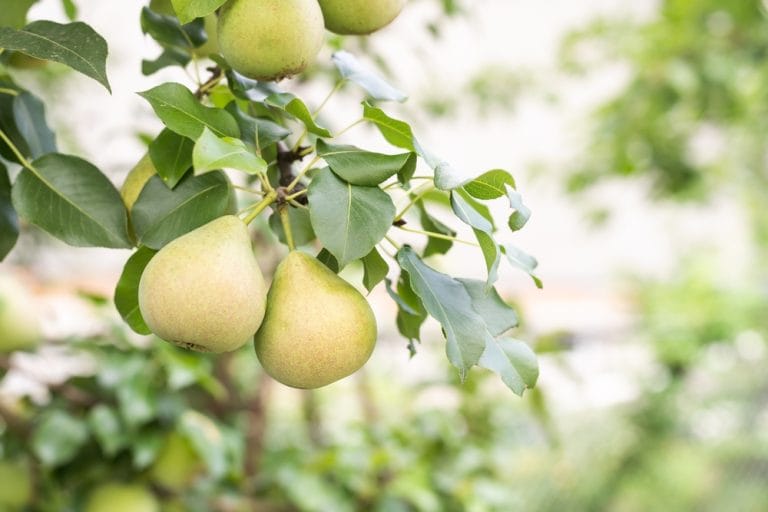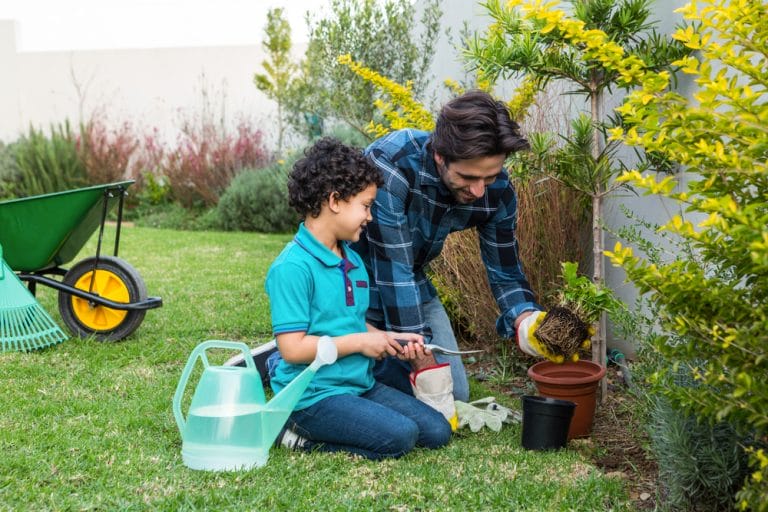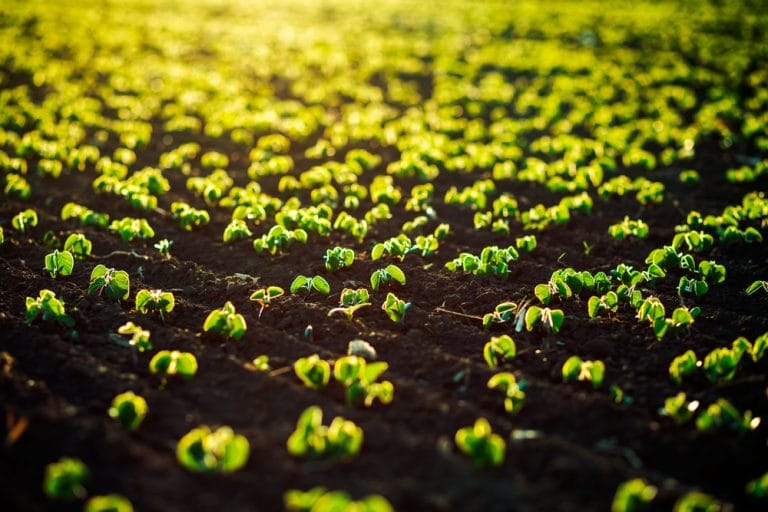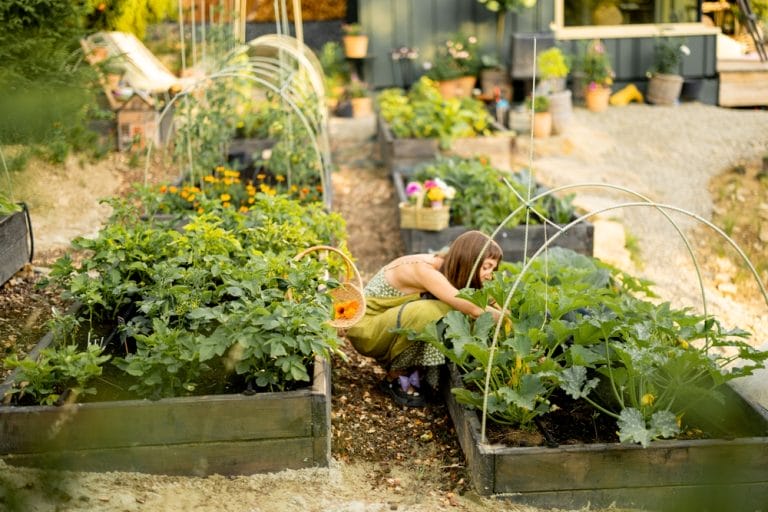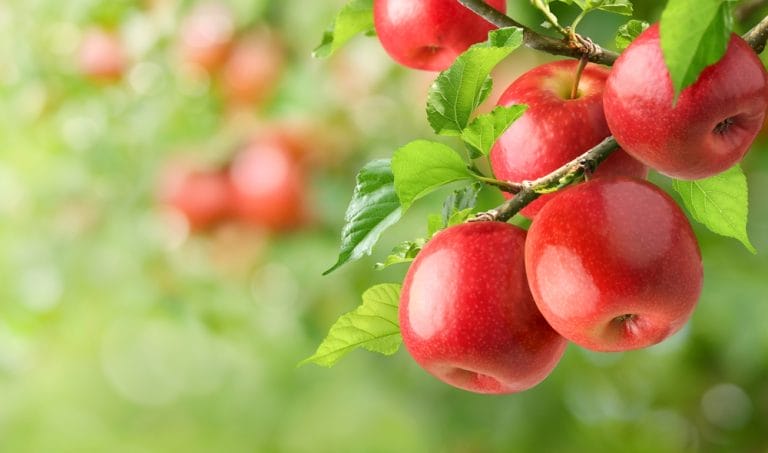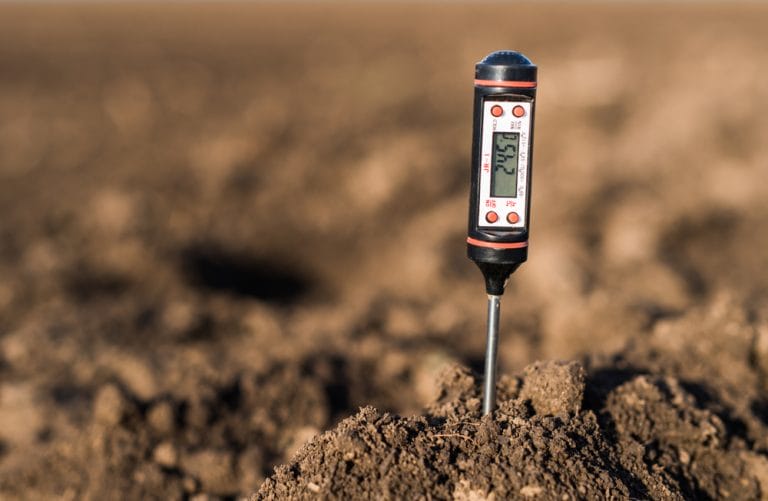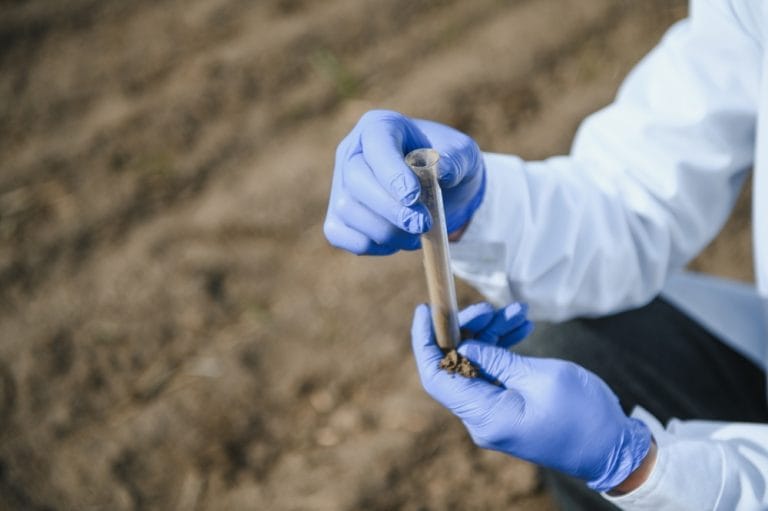There’s a special kind of chaos that arrives in late fall—the holiday prep, the colder mornings, the frantic search for gloves you definitely owned last year. But lurking beneath all of that seasonal buzz is something far sneakier, something far more persistent, and something that absolutely thrives when everything else in your yard is slowing…
fall
How Climate Change Is Quietly Changing Fall Gardening Forever
Fall gardening used to be a predictable ritual—cool mornings, crisp evenings, and soil that practically begged to be planted. But lately, gardeners are looking around wondering why their pumpkins resemble beach balls, their mums are blooming in August, and the kale they planted is suddenly melting like it’s on a tropical vacation. Something strange is…
Should You Leave Fallen Leaves or Clean Them Up? The Real Answer
Autumn has arrived, and with it comes the glorious, crunchy carpet of fallen leaves that everyone loves to admire… until it starts piling up in your yard. Suddenly, that idyllic scene of golds, reds, and oranges becomes a slippery mess, a clogged gutter nightmare, or a habitat for pests. The debate begins: should you leave…
The Fruits and Nuts You Can Still Harvest This Month
If you’ve ever walked into your yard or local orchard during the later part of the season and assumed everything juicy, crunchy, or delicious was already gone, you’re in for a treat. There’s something thrilling about the late-month harvest—the sense that you’re rescuing treasures that most people forgot were still out there. While others pack…
Plant Shrubs Now to Lock in Moisture Before Winter
There’s a moment every fall when the air snaps colder, the leaves start tumbling like nature’s confetti, and gardeners everywhere feel that familiar seasonal shift—half excitement, half panic. It’s the time when summer’s leftover projects either get done or get tossed onto the “next year” list with a hopeful shrug. But here’s the secret veteran…
Why Seedlings Fail in Late Plantings
There’s a certain kind of optimism that hits when you drop seeds into soil later in the season—like you’re beating the system, sneaking in one last chance at garden glory. The sun is warm, the days still feel long, and the soil practically whispers, “Go ahead, plant something.” But then, within weeks, that hope turns…
Why Fall Is the Time to Start Next Year’s Beds
Most gardeners are busy wrapping up summer blooms or raking leaves during the fall season, but savvy plant lovers know that this season holds a secret power: it’s the perfect time to prepare next year’s beds. Fall isn’t just about ending the season gracefully; it’s about setting yourself up for a spectacular spring. By starting…
9 Fruit Tree Grafts That Take Best in Fall
Fall isn’t just about pumpkin spice and cozy sweaters—it’s secretly the perfect time to give your fruit trees a little extra love. While spring often gets all the glory for planting and grafting, the cooler, calmer days of autumn actually set the stage for some amazing growth. Grafting in fall might sound counterintuitive, but the…
Why Gardeners Should Track Soil Temps in Autumn
The crisp air, the slow fade of summer flowers, and the delicious anticipation of cooler-weather crops – is there anything like fall? While most gardeners obsess over frost dates, mulch thickness, and whether their pumpkins will ripen in time for Halloween, one crucial detail often gets ignored: soil temperature. Yes, the dirt beneath your feet…
7 Soil Tests That Give the Best Results in Fall
As the leaves turn gold and the air starts carrying that crisp autumn scent, gardeners everywhere start thinking about how to prep their soil for the months ahead. Fall isn’t just a time for pumpkin spice lattes—it’s one of the best times to understand what’s happening underground. After the heat of summer, the soil has…
